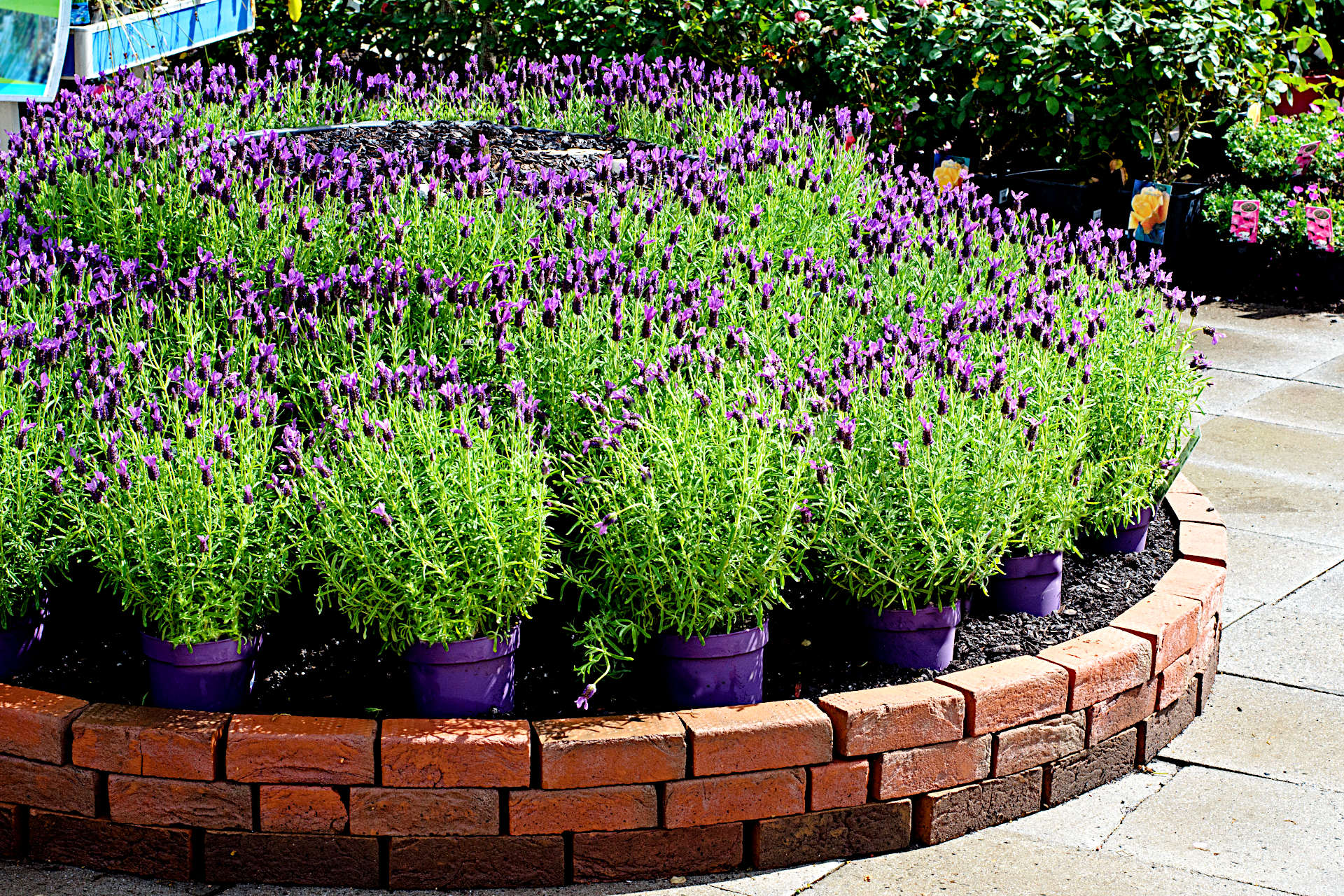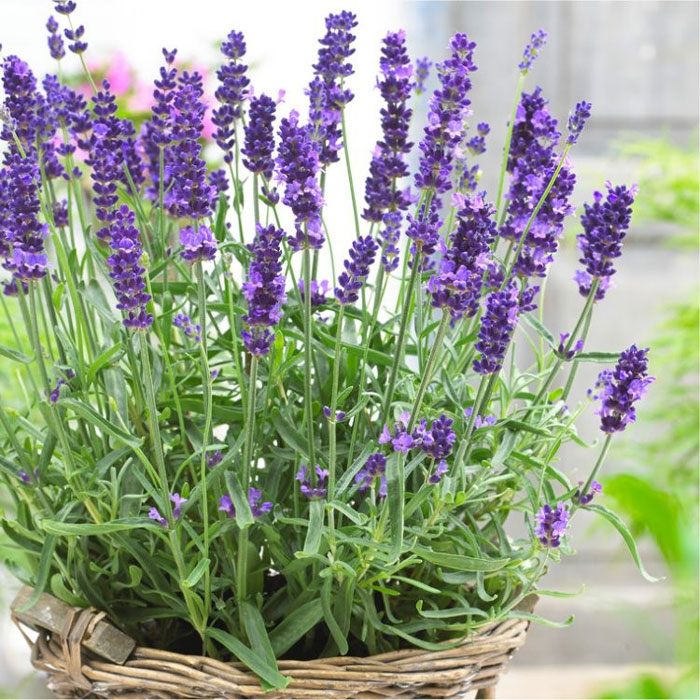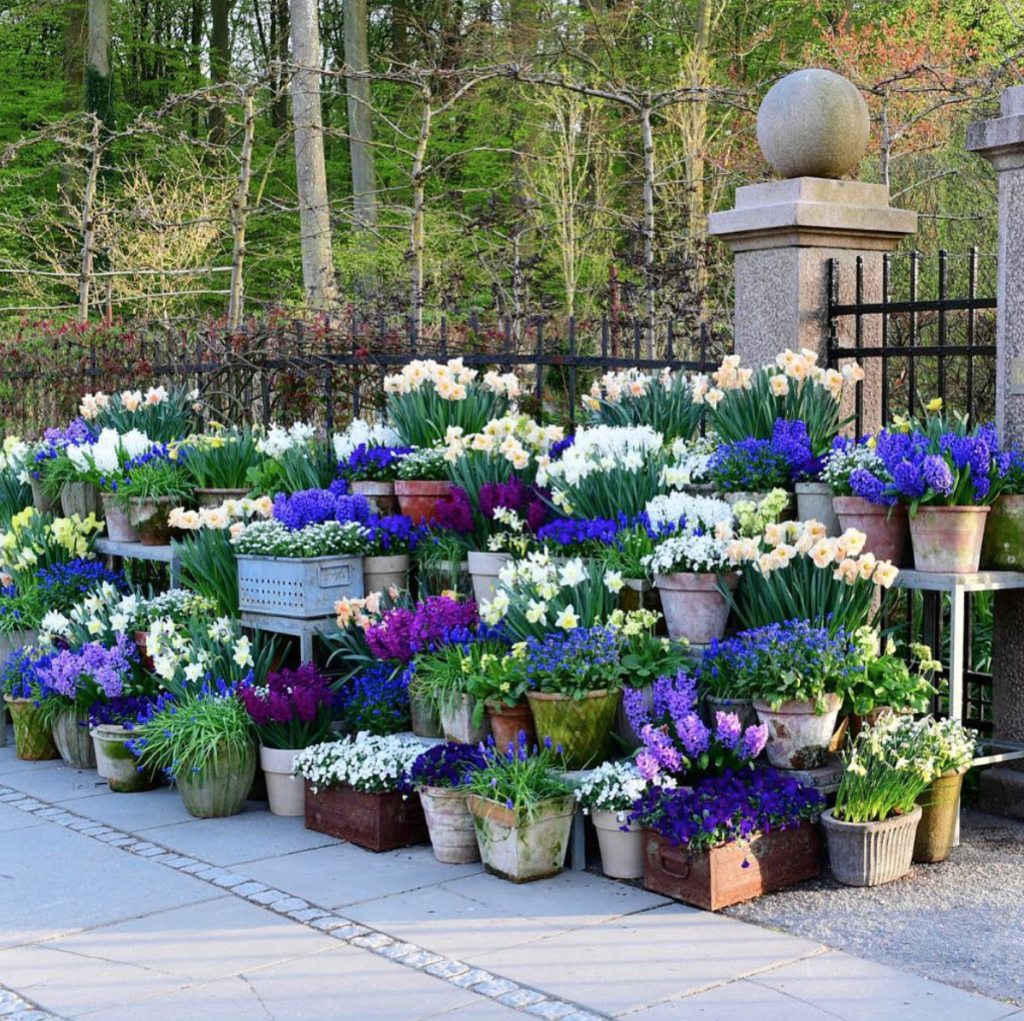How to Grow Lavender in Pots: Top Tips for a Fragrant Garden

Imagine stepping out onto your balcony or patio and being greeted by the soothing scent of lavender. Growing lavender in pots is not only a delight for the senses but also a rewarding hobby. Whether you're a seasoned gardener or a novice, these top tips will guide you through the process of cultivating lavender in containers, ensuring your plants thrive and bloom beautifully.
Why Grow Lavender in Pots?
Growing lavender in pots offers numerous advantages. For starters, container gardening allows you to control the soil and watering conditions more precisely than in a traditional garden. Additionally, potted lavender can be moved around to catch the best sunlight or to decorate different areas of your outdoor space. Plus, the fragrant blooms can add a touch of elegance to any setting.
Choosing the Right Lavender Variety
Before you start, it's crucial to select the right lavender variety for your pots. Some popular choices include:
- English Lavender (Lavandula angustifolia): Known for its sweet fragrance and compact size, it's perfect for pots.
- Spanish Lavender (Lavandula stoechas): This variety has showy bracts and is more tolerant of humid conditions.
- French Lavender (Lavandula dentata): With its serrated leaves and delicate flowers, it adds a unique touch to your container garden.
Selecting the Perfect Pot
The right pot can make all the difference in the health and growth of your lavender plants. Opt for a container that is at least 12 inches in diameter and has adequate drainage holes. Terracotta pots are an excellent choice as they allow for better air circulation, which lavender loves.
Soil Requirements for Lavender
Lavender thrives in well-draining soil. A mix of potting soil and sand or perlite is ideal. Avoid heavy, clay-based soils that can retain too much moisture, as lavender is susceptible to root rot.
Planting Your Lavender
Once you have your pot and soil ready, it's time to plant your lavender. Here’s a step-by-step guide:
- Fill the Pot: Add your soil mix to the pot, leaving enough space for the lavender plant.
- Plant the Lavender: Gently remove the lavender from its nursery pot and place it in the center of your container.
- Backfill: Add more soil around the plant, ensuring it's firmly in place but not compacted.
- Water: Give your newly potted lavender a good drink, but be careful not to overwater.
Lavender Watering Tips
Watering lavender correctly is crucial for its health. Lavender prefers to be on the dry side, so allow the top inch or two of soil to dry out between waterings. Overwatering can lead to root rot, which is fatal for lavender plants.
Light and Temperature
Lavender loves the sun. Place your pots in a location where they can receive at least 6-8 hours of sunlight daily. Lavender is also quite hardy and can tolerate a range of temperatures, but it prefers cooler nights.
Fertilizing Your Lavender
Lavender is not a heavy feeder, so it doesn’t require much fertilizer. A light application of a balanced, slow-release fertilizer in the spring is usually sufficient. Avoid over-fertilizing, as this can lead to excessive leaf growth at the expense of blooms.
Pruning for Healthy Growth
Pruning is essential for maintaining the health and shape of your lavender plants. After the first bloom, cut back the flower stems to encourage bushier growth. Avoid cutting into the woody part of the plant, as lavender does not regrow from old wood.
Pest and Disease Management
Lavender is relatively pest-resistant, but it can be affected by aphids and spider mites. Regularly inspect your plants and treat any infestations promptly with insecticidal soap or neem oil. As for diseases, proper watering and good air circulation can help prevent fungal issues.
Harvesting Lavender
One of the joys of growing lavender is harvesting the fragrant blooms. Cut the flower stems when about half of the buds have opened. Hang them upside down in a dry, dark place to preserve their scent and color.

Troubleshooting Common Issues
Even with the best care, issues can arise. Here are some common problems and their solutions:
- Yellowing Leaves: This can indicate overwatering or poor drainage. Ensure your pot has adequate drainage and allow the soil to dry out between waterings.
- Wilting: If your lavender is wilting, it might be underwatered or exposed to too much heat. Increase watering frequency and provide some shade during the hottest part of the day.
- Leggy Growth: This can happen if the plant isn’t getting enough light. Move your pot to a sunnier location.
Conclusion
Growing lavender in pots is a rewarding experience that brings beauty and fragrance to your outdoor space. By following these top tips, you can ensure your lavender plants thrive and bloom beautifully. From selecting the right variety and pot to proper watering and pruning, each step contributes to the health and vibrancy of your lavender. So, why wait? Start your lavender container garden today and enjoy the delightful scent and sight of these charming plants.
FAQs
What is the best time to plant lavender in pots?
- The best time to plant lavender in pots is in the spring, after the last frost. This gives the plants plenty of time to establish before the heat of summer.
Can lavender survive indoors?
- While lavender can be grown indoors, it requires a lot of sunlight—at least 6-8 hours a day. A south-facing window is ideal. However, lavender generally thrives better outdoors.
How often should I water my potted lavender?
- Lavender prefers to be on the dry side. Water your potted lavender when the top inch or two of soil is dry. This can vary depending on the climate and pot size, but generally, once a week is sufficient.
What are the benefits of growing lavender in pots?
- Growing lavender in pots offers better control over soil and watering conditions, portability, and the ability to decorate different areas of your outdoor space with fragrant blooms.
How do I prune my lavender to encourage more blooms?
- Prune your lavender after the first bloom by cutting back the flower stems. This encourages bushier growth and more blooms. Avoid cutting into the woody part of the plant.

With these tips and insights, you're well on your way to cultivating a thriving lavender garden in pots. Happy gardening!
0 Response to "How to Grow Lavender in Pots: Top Tips for a Fragrant Garden"
Post a Comment